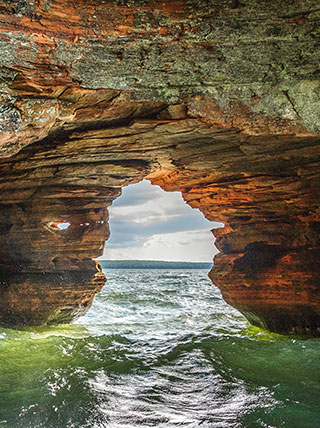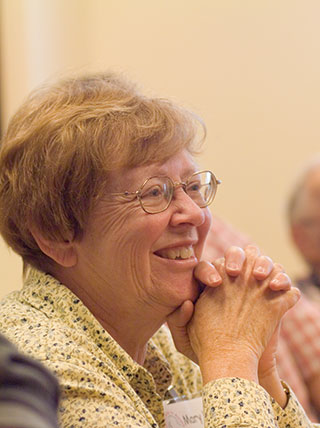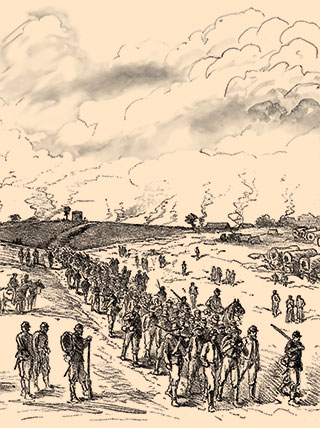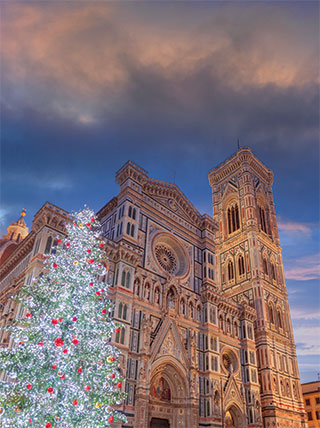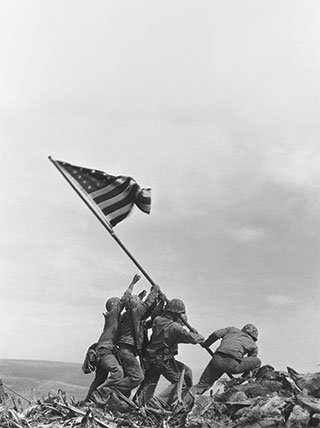North Carolina
A Gardener’s Delight: The Private & Public Landscapes of Asheville
Program No. 21968RJ
Come to Asheville to witness some of the nation’s most renowned gardens and landscapes as you explore the Biltmore Estate, North Carolina Arboretum and several private gardens.
Enroll with Confidence
We want your Road Scholar learning adventure to be something to look forward to—not worry about. Learn more
Protecting the Environment
We offset a portion of the emissions created by your travel. Learn more
Prefer to enroll or inquire by phone?
800-454-5768
Select your type of room
Price will update based on selection
Prices displayed below are based on per person,doubleoccupancy.
DATES
& starting prices
PRICES
Aug 25 - Aug 30, 2024
Starting at
949Sep 8 - Sep 13, 2024
Starting at
949Sep 22 - Sep 27, 2024
Starting at
949Sep 29 - Oct 4, 2024
Starting at
949DATES
& starting prices
PRICES
Aug 25 - Aug 30, 2024
Starting at
1,159Sep 8 - Sep 13, 2024
Starting at
1,159Sep 22 - Sep 27, 2024
Starting at
1,159Sep 29 - Oct 4, 2024
Starting at
1,159Not seeing the date you're looking for?
To be notified if dates of this program become available, click the button below.
6 days
5 nights
15 meals
5B 5L 5D
5
Art in Response to Nature; Biltmore Estate Gardens
Montreat, NC
6
Botanical Gardens at Asheville, Program Concludes
Montreat, NC
At a Glance
Since Frederick Law Olmsted designed the landscape for George Vanderbilt’s Biltmore Estate in the late 19th century, the people of Asheville, N.C. have prided themselves on the gardens and natural beauty of the region. Join local experts as they share their botanical knowledge and lead explorations to public spaces including the Biltmore Estate, the North Carolina Arboretum and the Botanical Gardens at Asheville. Then, enjoy guided visits to several private gardens owned by local residents.
Activity Level
On Your Feet
Walking up to one mile over uneven terrain.

Small Group
Love to learn and explore in a small-group setting? These adventures offer small, personal experiences with groups of 13 to 24 participants.
What You'll Learn
- Spend an afternoon at the North Carolina Arboretum and admire its many gardens, including the Bonsai Pavilion — home to the largest collection of bonsais (seasonal) in the Southeast.
- Enjoy guided visits to several private gardens in Asheville and the surrounding area, and walk the impressive grounds of the Biltmore Estate.
- Admire the flora of the Botanical Gardens at Asheville, home to 600 species of plants native to the Southern Appalachian region and 50 rare plants including Pale Yellow Trillium (blooms in early spring).
General Notes
The Retreat Difference: This unique, often basic and no-frills experience at a Road Scholar Retreat includes opportunities for early morning exercise, interaction with the local community for insight into local life, an authentic farm-to-table or locally sourced meal, a live performance or event, and a value-priced single room. Opportunities are available for traveling companions to attend a different program at Montreat during the same week.
Featured Expert
All trip experts
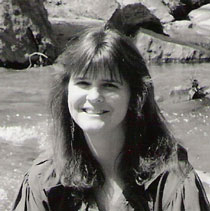
Bobbie Pell
Bobbie Pell, a trained naturalist with a degree in outdoor environmental education, shares her love of nature, conservation, and everything floral. She is completing a UNC Certificate of Merit in eco-gardening through the NC Arboretum. A professional artist for over 15 years, she blends basic artistic design elements with information gained from research, readings, and garden courses by Audubon and the National Wildlife Federation. She offers opportunities to make holistic, artistic connections with nature, sculpting home gardens into spaces of serenity and beauty.
Please note: This expert may not be available for every date of this program.

Tracy Bailey
View biography
Tracy has been on the program staff of Montreat Conference Center since 1986. She began working with Elderhostel programs in 1989, and in 1997 assumed the additional role of on-site coordinator. A native of the area, she graduated from Asheville-Buncombe Technical College in 1981. Her favorite hobbies are hiking, pottery and reading. Tracy married Sam in 2007, and added three daughters to her family. In addition to her own grown children, she and Sam have been foster parents since 2010. They have four grandchildren.

Bobbie Pell
View biography
Bobbie Pell, a trained naturalist with a degree in outdoor environmental education, shares her love of nature, conservation, and everything floral. She is completing a UNC Certificate of Merit in eco-gardening through the NC Arboretum. A professional artist for over 15 years, she blends basic artistic design elements with information gained from research, readings, and garden courses by Audubon and the National Wildlife Federation. She offers opportunities to make holistic, artistic connections with nature, sculpting home gardens into spaces of serenity and beauty.
Suggested Reading List
(5 books)
Visit the Road Scholar Bookshop
You can find many of the books we recommend at the Road Scholar store on bookshop.org, a website that supports local bookstores.
A Gardener’s Delight: The Private & Public Landscapes of Asheville
Program Number: 21968
Art and Nature: An Illustrated Anthology of Nature Poetry
A magical journey to the heart through the pairing of words and imagery by classical writer and artists. This book is a visual feast for the reader as page after page reveals Master paintings collected by the Metropolitan Museum of Art in the various hues and tones of color, deepening the experience with the selected poems.
Rodale’s Illustrated Encyclopedia of Perennials.
This source is arranged in three parts: Designing the Perennial Garden (principles and combinations), Growing Perennials (crucial tips), and the Encyclopedia, arranged alphabetically by genus with specific information for variants within the species. This book is an invaluable tool when planning a garden by providing tips on preparing the site, blooming seasons, height, and bloom variations.
Landscaping with Wildflowers: An Environmental Approach to Gardening
To give your garden that sense of natural growth within planned parameters, this book focuses on the natural world as whole, allowing the flowers to attract pollinators and provide shelter during the seasons for wildlife. Gardening for specific habitats such as wetlands, grass lands, meadows, and prairies are highlighted. The second half of the book is encyclopedic in nature with plant soil preferences, color, height, and growing seasons to aid the gardener in making the best choices for their home gardens.
Planting in a Post-Wild World: Designing Plant Communities for Resilient Landscapes
A must for any gardener, this resource reviews the natural archetypes which can be mirrored in gardens by using aesthetically pleasing design principles. Using natural habitats, this book reviews plant choices and how to manage a plant community, even in your own backyard!
DEVOTION: Diary of an Appalachian Garden
Blog about building her garden
WEBSITE: https://mignondurham.com/?page_id=12.
Recommended For You




